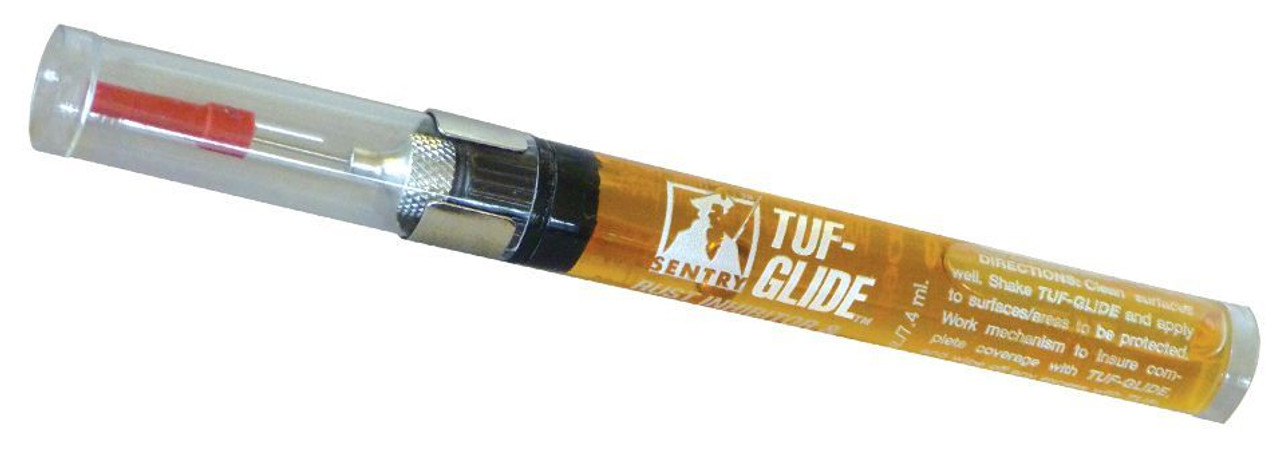I have a tube of Radio Shack lubricating oil sitting in my junk drawer and trying to determine if it is safe enough for my Vintage Adjustables. My guess and hope is that it is a specially treated mineral oil with perhaps a few side benefits.
RadioShack 64-2301a Needle Tip Precision Lubricator 1/4 FL Oz | eBay
About to do a Barbicide treatment and just want to finish up with a single drop down the handle and call it done. Or am I about to do damage to my precious razors and kill them with kindness?


RadioShack 64-2301a Needle Tip Precision Lubricator 1/4 FL Oz | eBay
About to do a Barbicide treatment and just want to finish up with a single drop down the handle and call it done. Or am I about to do damage to my precious razors and kill them with kindness?





 ) probably could last for centuries with no protection, but I see no reason not to provide them with the same courtesy and attention I give my Japanese steel so my great, great, great grandkids can enjoy them unchanged.
) probably could last for centuries with no protection, but I see no reason not to provide them with the same courtesy and attention I give my Japanese steel so my great, great, great grandkids can enjoy them unchanged. or maybe take this test beforehand?
or maybe take this test beforehand? 
